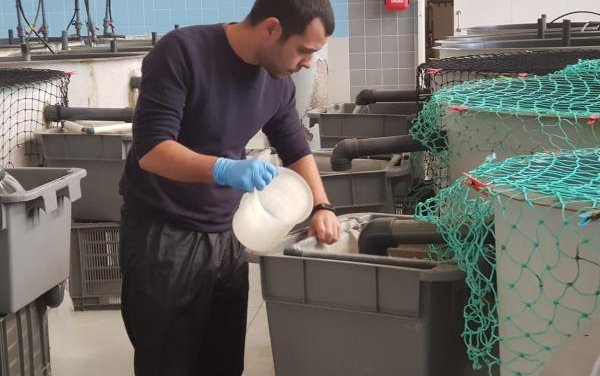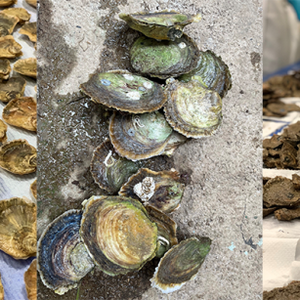A PhD research study by Álvaro Lorenzo-Felipe from the Spanish University of Las Palmas de Gran Canaria (ULPGC) has described 64 genes responsible for deformities in gilthead seabream (Sparus aurata). The findings open the door for the development of a genetic tool for seabream.
Researchers examined more than 5,000 seabream broodstock from industrial batches of the national project PROGENSA and the European project PerfomFISH to determine the influence of their genetic background on deformities in their descendants. The objective of the analysis was to establish broodstocks exempted from such genetic predisposition and determine which genes may be responsible for the prevalence of deformities.
Three trials were performed on two different groups during the spawning season: one with a greater genetic potential for deformities and another with a greater genetic potential for standard fish, both with standard external appearance, in order to depict the conditions of industrial production.
Researchers concluded that a high genetic background for deformity affects larval quality reducing the number of viable larvae. Similarly, research confirms that broodstock with this genetic background result in a greater number of deformed larvae, despite the normal appearance of the parents.
Finally, researchers identified 64 genes responsible for deformities in seabream that could be used for the development of a genetic tool.













